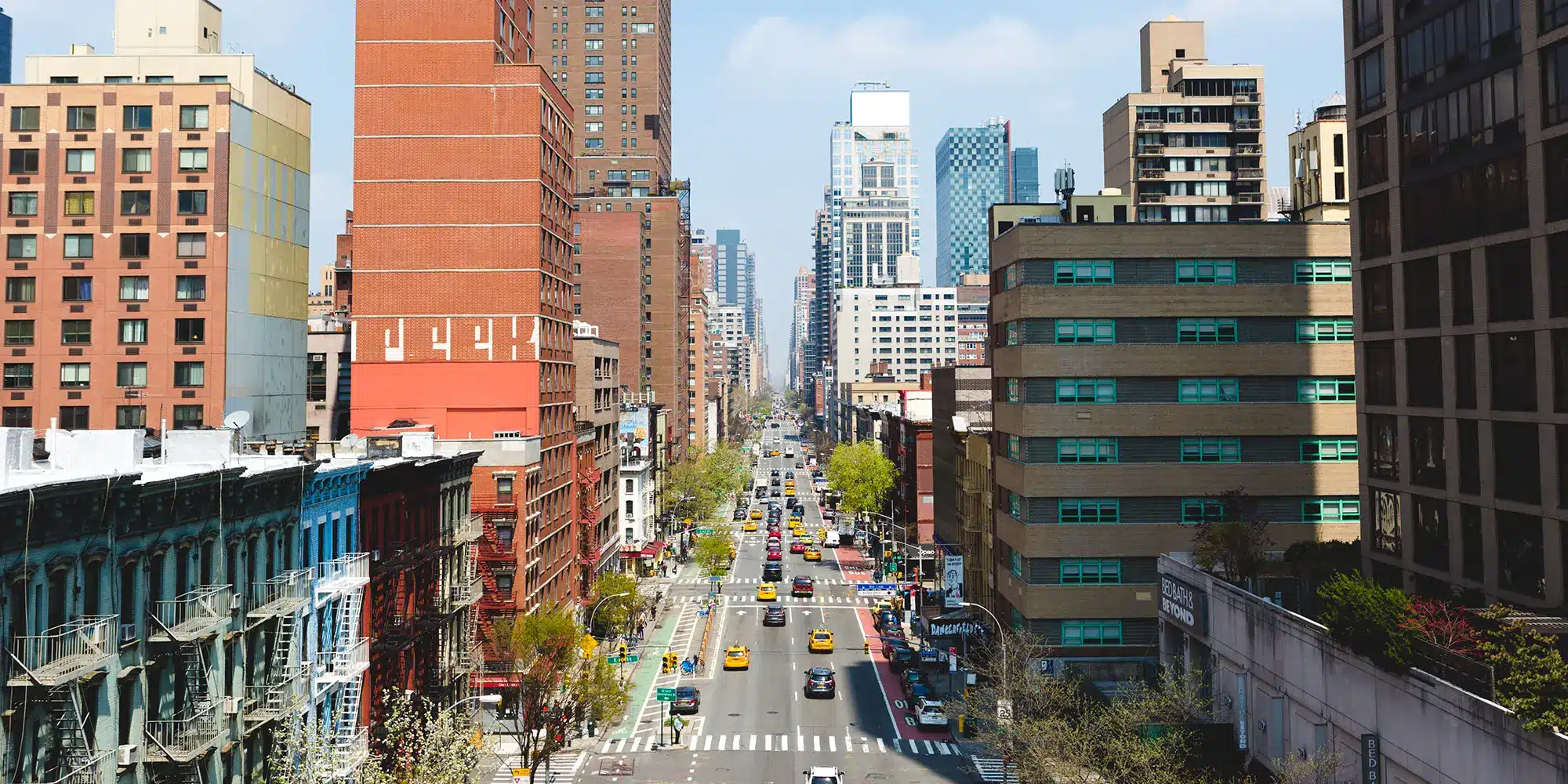The rapid growth of e-commerce and the increasing demand for faster deliveries have put a strain on urban logistics. With conventional delivery vehicles contributing to traffic congestion, air pollution, and carbon emissions, the need for eco-friendly alternatives has become paramount. In this article, we will explore how New York City is transforming its urban delivery system by embracing eco-friendly vehicles. From electric vans to cargo bikes, these sustainable transportation options are reshaping the future of last-mile deliveries.
1. The Challenges of Urban Deliveries
Urban deliveries face numerous challenges, including traffic congestion, limited parking spaces, and strict emission regulations. Traditional delivery vehicles powered by fossil fuels contribute to air pollution and worsen traffic congestion, affecting both the environment and the quality of life for city residents.
2. Benefits of Eco-Friendly Vehicles
Eco-friendly vehicles offer several advantages over their conventional counterparts. They significantly reduce carbon emissions, noise pollution, and dependence on fossil fuels. By adopting these vehicles, cities like New York can improve air quality, mitigate climate change, and create a more sustainable urban environment.
3. Electric Vans: A Silent Revolution
Electric vans have emerged as a popular choice for urban deliveries. These vehicles run on electricity and produce zero tailpipe emissions, making them environmentally friendly. With advancements in battery technology, electric vans offer longer ranges and faster charging times, enabling efficient and reliable deliveries.
4. E-Quads: Pedaling Towards Sustainability
E-Quads are another eco-friendly alternative gaining traction in urban delivery systems. They offer the flexibility to navigate through congested city streets and deliver packages quickly. E-Quads are powered by human energy, reducing the reliance on fossil fuels and promoting a healthier and more active lifestyle for delivery personnel.
5. Micro-Mobility Solutions: Scooters and Electric Bicycles
Micro-mobility solutions such as electric scooters and bicycles are becoming increasingly popular for short-distance deliveries. These compact vehicles provide agility, allowing delivery personnel to maneuver swiftly through urban areas. They are especially effective for small parcels and food deliveries, reducing the need for larger vehicles and optimizing delivery times.
6. The Role of Technology in Optimizing Routes
Technological advancements play a crucial role in optimizing delivery routes and improving efficiency. GPS tracking systems, route planning software, and real-time traffic data help drivers navigate congested areas and identify the most efficient paths. By minimizing travel distances and time spent on the road, technology enables faster and more eco-friendly deliveries.
7. Government Initiatives and Incentives
To encourage the adoption of eco-friendly vehicles, governments implement various initiatives and provide incentives. In New York, the city has introduced programs such as tax incentives, grants, and discounted charging infrastructure to support businesses and individuals transitioning to eco-friendly delivery options. These initiatives promote sustainability and facilitate the transformation of urban deliveries.
8. Overcoming Infrastructure Challenges
Transforming urban deliveries requires addressing infrastructure challenges. Building charging stations for electric vehicles, establishing secure parking spaces for cargo bikes, and creating dedicated lanes for micro-mobility vehicles are crucial steps in creating a sustainable urban delivery ecosystem. Collaborative efforts between local authorities, businesses, and communities are essential to overcome these challenges effectively.
9. Collaboration between Businesses and Delivery Providers
Businesses and delivery providers are partnering to drive the adoption of eco-friendly vehicles. E-commerce giants, local businesses, and delivery companies are investing in electric vans, cargo bikes, and micro-mobility solutions to enhance their last-mile delivery capabilities. Collaborative initiatives foster innovation and enable a shared commitment to environmental sustainability.
10. The Future of Urban Deliveries
The future of urban deliveries lies in the continued integration of eco-friendly vehicles into the logistics ecosystem. As technology advances and infrastructure improves, we can expect to see an expansion of electric vans, cargo bikes, and micro-mobility solutions in New York and other cities worldwide. The transition to sustainable transportation will revolutionize the way goods are delivered, minimizing environmental impact and improving the overall urban living experience.
Conclusion
The rise of eco-friendly vehicles is transforming urban deliveries in New York. Electric vans, cargo bikes, and micro-mobility solutions offer sustainable alternatives to conventional delivery vehicles, reducing carbon emissions and traffic congestion. Through collaborative efforts, government initiatives, and advancements in technology, the logistics industry is transitioning towards a greener and more efficient future.

